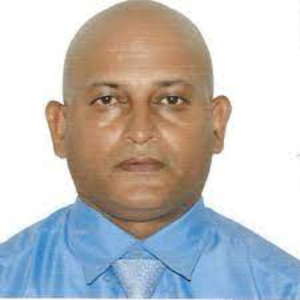Title : Antimicrobial activity of the Ethanolic and aqueous extract of Vicia faba L. (Fabaceae) in the absence and presence of zinc nanoparticles
Abstract:
The aqueous and ethanolic extract of Vicia faba L. (Fabaceae) exhibited antimicrobial activity against the pathogenic microorganisms: E. coli, S. aureus, K. pneumoniae and C. albicans. This was evaluated using the Disc Diffusion Assay under asceptic conditions. Antimicrobial activity wasn’t induced by the solvent, ethanol nor water as the DZOI was less than 5 mm. The highest AZOI was 153.9 mm2 and the lowest 12.56 mm2. Negligible Zone of Inhibition, ZOI were observed in several instances. The aqueous extract of the fruit also induced negligible Zone of Inhibition, ZOI. In comparison to the reference, Ampicillin and Nystatin, these values are less. As the concentration of the metal salt, Zn(OAc)2.2H2O and ethanolic extract increases, there seem to be a variation in antimicrobial activity. Zn(OAc)2.2H2O appears to intensify the antimicrobial activity of Vicia faba L ethanolic and aqueous extract. Zn (OAc)2.2H2O in the absence of any extracts exhibited antimicrobial activity. The AZOI range from 47.2 mm2 to 117.8 mm2. Antimicrobial selectivity was also observed in several instances. For example, the ethanolic extract induces AZOI of 50 mm2 against C. albicans whereas negligible AZOI was obtained against K. pneumoniae and E.coli. Its presume that zinc nanoparticles are involved in the intensification of the antimicrobial activity of the plant extracts
Keywords: Antimicrobial activity, pathogenic microorganisms, Disc Diffusion Assay, Area of Zone of Inhibition, Zone of Inhibition, Zn (OAc)2.2H2O.



